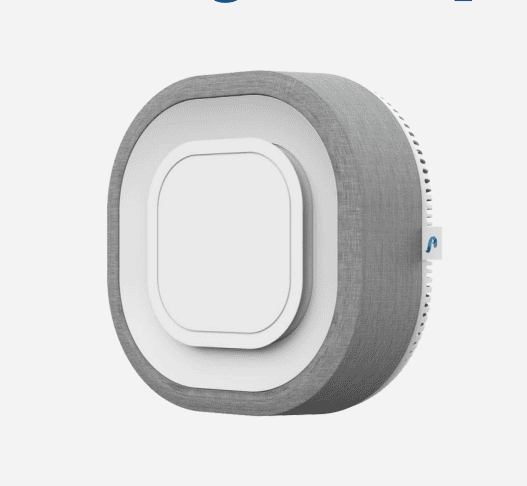Sensors to monitor residential air quality

Problem addressed
Currently, 99% of us are breathing toxic air. It’s an invisible killer causing 4.9 million premature deaths a year through strokes, heart disease, lung cancer and respiratory diseases. The problem is harder to tackle because most air pollution (particulate matter and VOCs) is invisible even at dangerous levels.
Furthermore, poor air quality in social housing is contributing to increased risk of various health conditions for residents and in some cases, mortality. However, there is a challenge in identifying poor air quality due to pollution or damp before it becomes harmful to residents and in knowing where to prioritise interventions.
Case study
CompAir is in the middle of a trial with a large housing provider and are awaiting data from this.
Facts and Figures
This page presents data, evidence, and solutions that are provided by our partners and members and should therefore not be attributed to UKGBC. While we showcase these solutions for inspiration, to build consensus, and create momentum for climate action, UKGBC does not offer commercial endorsement of individual solutions. If you would like to quote something from this page, or more information, please contact our Communications team at media@ukgbc.org.
Related
Indoor air quality certification

All in one air filtration, disinfection and monitoring

Aircuity

LightFi

